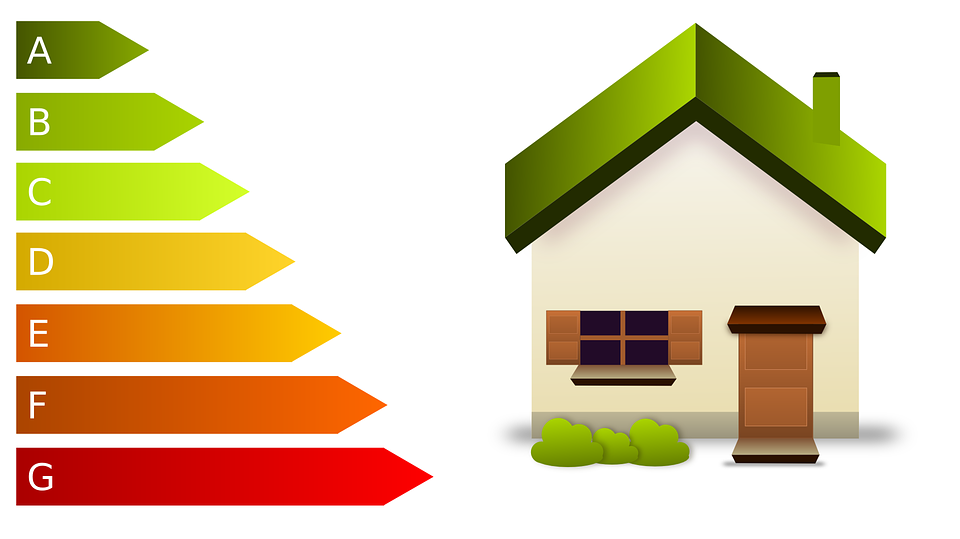Homes have gradually become more energy efficient and comfortable due to advances in insulation and airtightness. The average modern home, for example, is twice as airtight as one built thirty years ago. However, progress continues to be made in this area. One of the biggest innovations is mechanical ventilation with heat recovery systems or MVHR systems for short. In this article, we’re going to give you a brief introduction to these systems and see if they’re the right option for you.

The Benefits of MVHR Systems
MVHR systems are a solution to the problem of worsening indoor air quality or IAQ. MVHR allows you to bring far more air into a home without having to waste energy heating and cooling it.
They also use a series of filters to ensure that your indoor air quality isn’t compromised by pollen and pollutants in the outside air. At the same time, the spiral ducts they use don’t trap condensation, so you won’t end up with mould growing in them. Another benefit of MVHR systems is that they make the entire home’s air temperature and conditions homogeneous.
MVHR uses less energy than conventional systems, too, since it passively transfers heat and even humidity during the air exchange process. If energy efficiency is a major thing for you, Nuaire is one of the top brands of MVHR systems and their systems are recognised as being some of the most energy efficient in the industry. They offer all sorts of compact and easy to install units that will provide you with warmth in the winter and clean, fresh air during the hot summer months while keeping your energy consumption in check.
The Cons of MVHR
Note that MVHR systems aren’t only viable solutions if your house is relatively airtight. An improperly installed system can cause all kinds of problems. If the unit is installed in the attic or loft, it will make a lot of noise. On top of this, it will be hard to replace the air filters, and that needs to be done regularly in MVHR systems. An improperly sized unit will either make a lot of noise or cost more than necessary. The ducting required for MVHR may not fit inside your home without creating an eye-sore if you’re renovating an existing home for it. This is why MVHR is ideal for new construction, but care must be exercised if upgrading an existing heating and cooling system in an older home.
How MVHR Beats the Alternatives
You won’t get the draughts seen with trickle vents. MVHR works throughout the whole house, while continuous extraction ventilation doesn’t do much except in the bathrooms and kitchens. While venting out hot air from the stove and your shower prevents uneven temperatures in the house, it does nothing to transfer that heat to the cold spot in your bedroom. Passive stack ventilation works in a manner similar to chimneys, but they don’t provide the same level of clean, filtered air throughout the house.
Conclusion
MVHR systems eliminate the compromise between air quality and energy efficiency. Understand more about these systems so you can determine if they are right for your home.
Leave a Reply